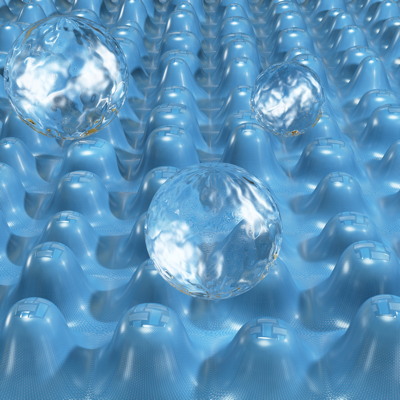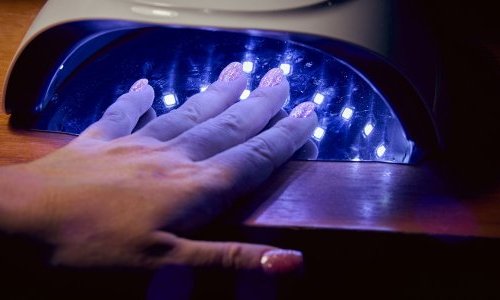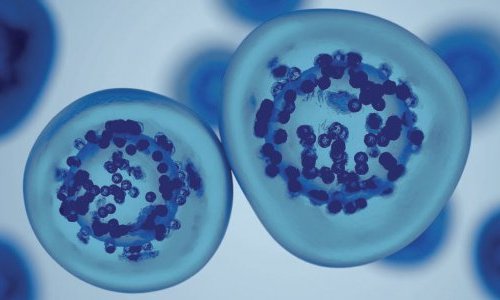
When incorporated to plastic polymers, nanosized clays and metallic oxides can improve the performances of the resulting packaging. Photo credit: © xrender / shutterstock.com
According to the Valencia-based Plastics Technology Centre (AIMPLAS), which participated in the NANOPACK project [1], results of the project’s second phase that occurred in 2015 show that nanoparticles incorporated to plastic polymeric materials used for cosmetic packages can improve their properties.
The research was performed with nanosized clays and metallic oxides. According to AIMPLAS, their incorporation into plastic polymers contributed to add value to plastic cosmetic packaging:
![]() Nanoparticles improved the quality of the polymeric material, making unnecessary the use of additional additives and high filler percentages.
Nanoparticles improved the quality of the polymeric material, making unnecessary the use of additional additives and high filler percentages.
![]() Nanosized additives allowed decreasing the amount of raw materials needed to elaborate the packaging, with subsequent cost saving when replacing the materials formed by multiple layers with monolayer materials.
Nanosized additives allowed decreasing the amount of raw materials needed to elaborate the packaging, with subsequent cost saving when replacing the materials formed by multiple layers with monolayer materials.
![]() Nanomaterial additives also provided plastic packaging with advanced properties, including a higher barrier to gases and best mechanical and thermal properties.
Nanomaterial additives also provided plastic packaging with advanced properties, including a higher barrier to gases and best mechanical and thermal properties.
“Plastics are currently the most used material by the cosmetics industry for the package of their products, since they give several advantages regarding design freedom, lightness, resistance and lifespan. NANOPACK has achieved to prove that all these properties can be improved,” commented AIMPLAS.
Improved sustainability
The research programme also investigated the impact of nanoparticles when added to biopolymers (bioplastics) from renewable sources. In particular, NANOPACK assessed what categories of bioplastics best respond to the incorporation of nanomaterials, bearing in mind the specific requirements of cosmetic packaging.




























